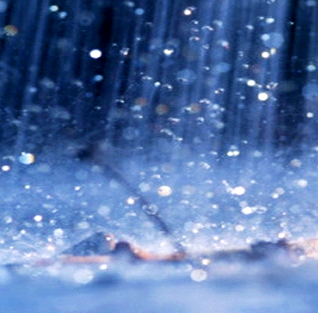Tiny bugs take flight in rain
 Researchers have shown it is possible for bacteria in the soil to be spread by rain.
Researchers have shown it is possible for bacteria in the soil to be spread by rain.
The finding helps advance the understanding of how bacteria may be spread over long distances.
Soils act as an intermediate home for bacteria, but it has been unclear how bacteria might be transferred to the atmosphere.
Previous work has shown that as a raindrop impacts soil, aerosols (suspended water droplets) are generated. However, most believed that bacteria would not survive the aerosolisation process.
Using high-speed cameras, fluorescent imaging and modelling experiments, MIT researchers have shown that a single raindrop can transfer 0.01 per cent of bacteria on the soil surface to the atmosphere, where it can survive for more than one hour.
Although the percentage of bacteria transferred to the atmosphere seems low, the team calculates that global precipitation may transport between 1.6 per cent and 25 per cent of the total bacteria from land depending on differing soil types and local climate.
The researchers say the findings explain how bacteria can be transferred to the atmosphere, which has implications for the climate, agricultural productivity and human health.
They were keen to point out that they found no evidence that this mechanism promotes diseases after heavy rain.








 Print
Print